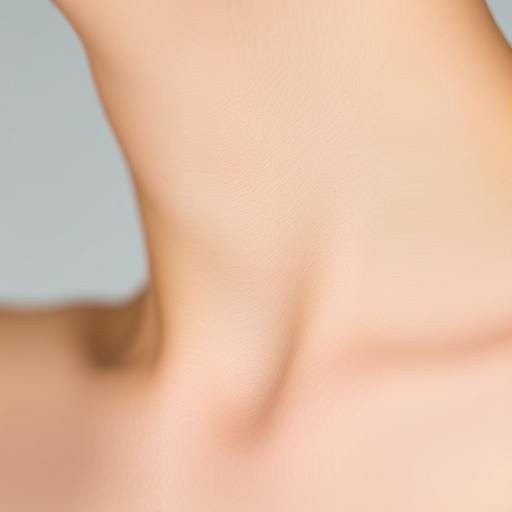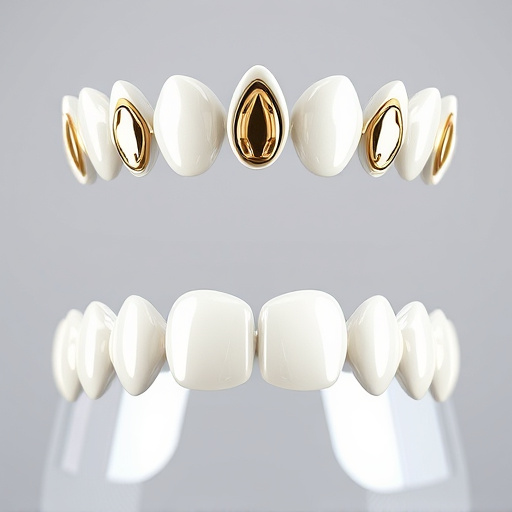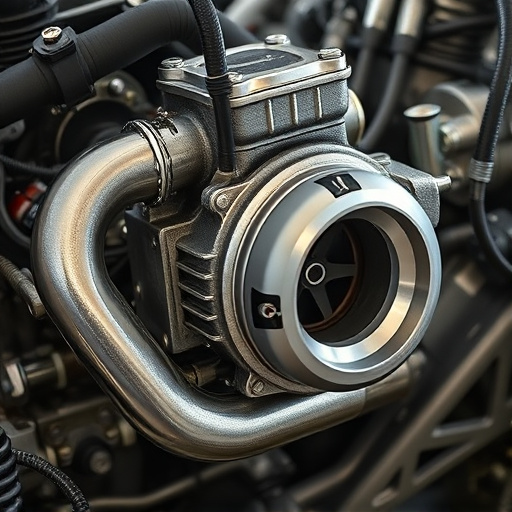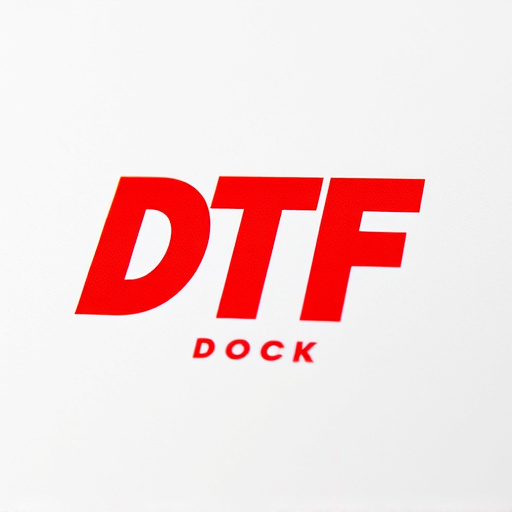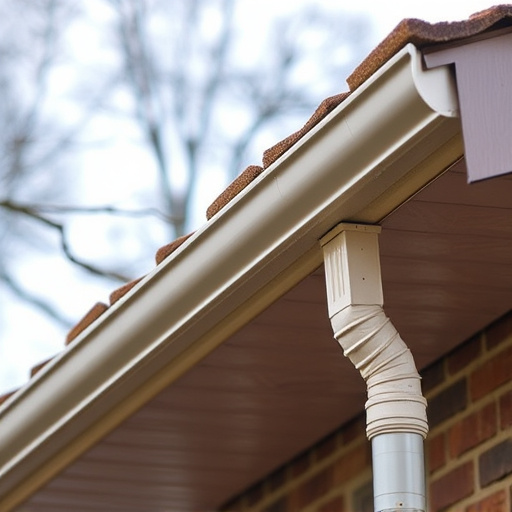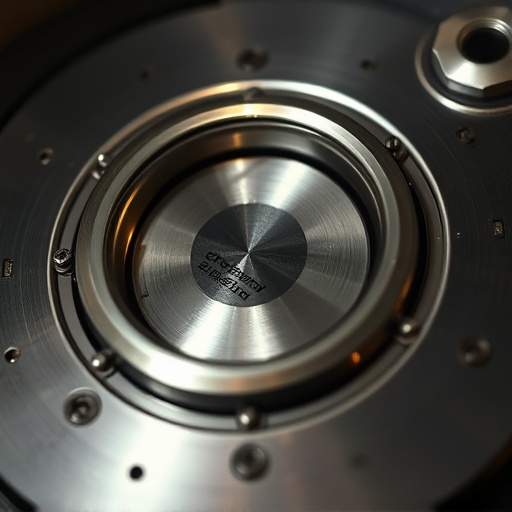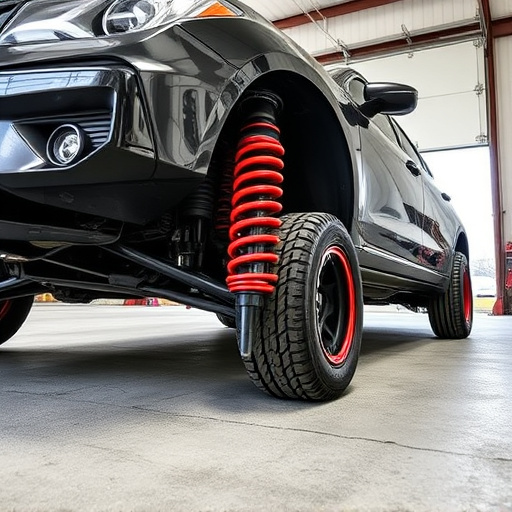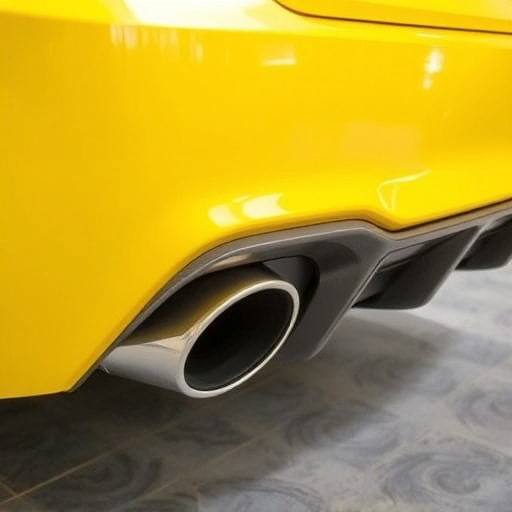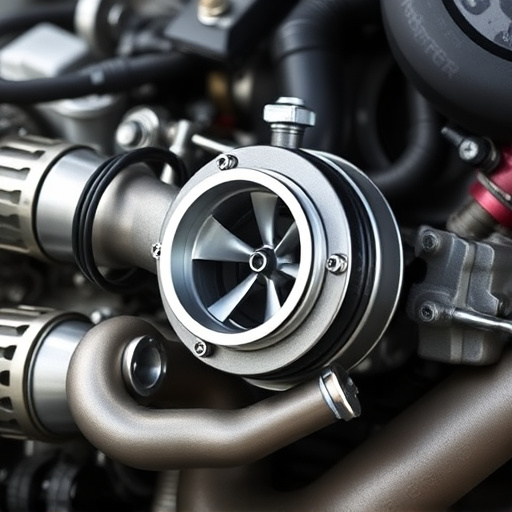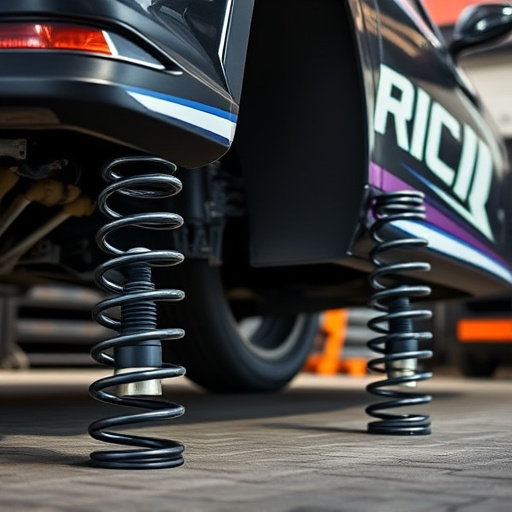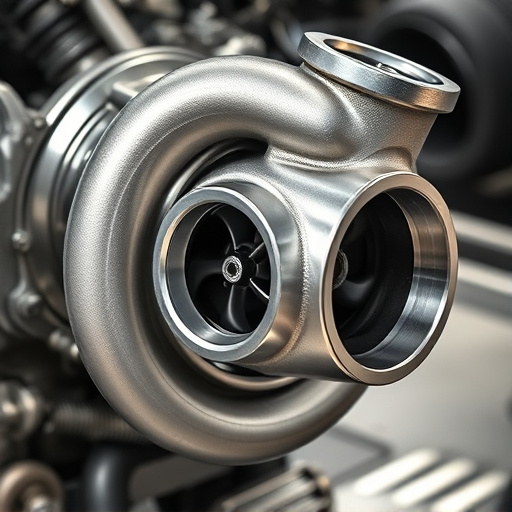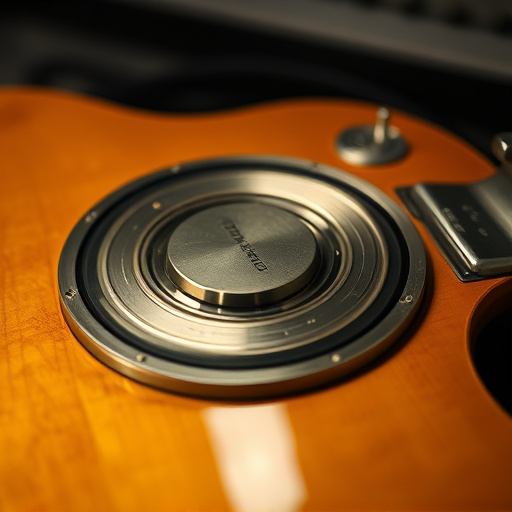OEM engine air intakes offer seamless integration, optimal performance, and warranties, while aftermarket intakes provide customization, potential horsepower gains, but require professional installation. Aftermarket options cater to enthusiasts seeking tailored modifications, but may face compatibility issues and higher maintenance costs. Thorough research ensures quality intake systems for reliable performance.
When it comes to enhancing your vehicle’s performance, choosing the right engine air intake is crucial. This decision pits two main options against each other: OEM (Original Equipment Manufacturer) and aftermarket air intakes. Understanding their distinct characteristics is key. We’ll break down the benefits and considerations of OEM intakes, as well as explore the advantages and drawbacks of aftermarket alternatives. By the end, you’ll be equipped to make an informed decision that suits your needs.
- Understanding OEM and Aftermarket Air Intakes
- Benefits and Considerations of OEM Intakes
- Exploring Advantages and Drawbacks of Aftermarket Options
Understanding OEM and Aftermarket Air Intakes
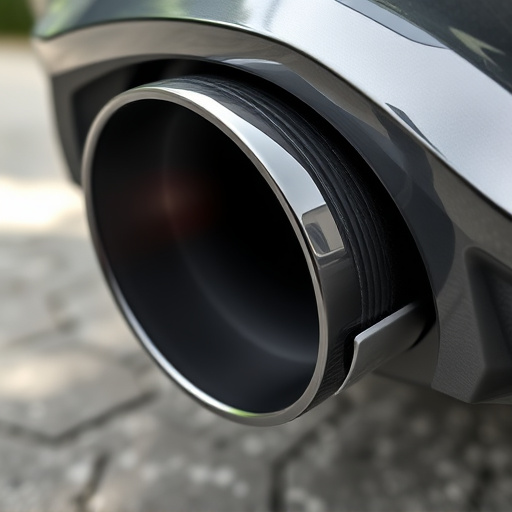
OEM (Original Equipment Manufacturer) air intakes are designed and engineered by the vehicle’s manufacturer to meet specific requirements for optimal engine performance. These intakes are typically included with new vehicles and are known for their seamless integration, ensuring a factory-like fit and finish. They often come with warranties, guaranteeing reliability and peace of mind for drivers. OEM parts are generally more expensive but offer a level of trust, especially for those prioritizing long-term vehicle health.
Aftermarket air intakes, on the other hand, are performance upgrades designed to enhance engine output by improving airflow. These kits can include various components like cold air intakes, filter housings, and intake manifolds, often made from lightweight materials for reduced restrictions. Aftermarket brands may offer more customization options, allowing enthusiasts to tailor their vehicles for specific driving styles or track use. While they can provide noticeable performance gains, such as increased horsepower and torque, these upgrades might require professional installation and could void certain warranties, unlike OEM parts.
Benefits and Considerations of OEM Intakes
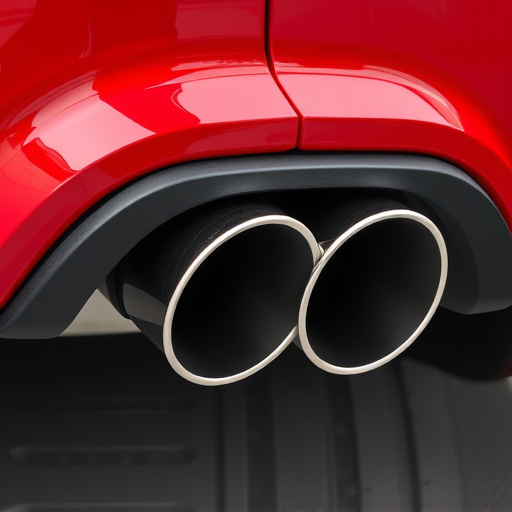
Original Equipment Manufacturer (OEM) air intakes are designed and engineered by the vehicle’s manufacturer to specifically fit and function with your car or truck. Using an OEM intake offers several benefits, including seamless integration with your engine’s existing components. This means optimal airflow, enhanced performance, and often better fuel efficiency. Additionally, OEM parts come with warranties, ensuring peace of mind in case of any issues.
When considering an OEM air intake, remember that while it provides a reliable and efficient solution, it might not offer the same level of customization or performance upgrades as aftermarket options. Aftermarket intakes can be designed for specific tuning or modifications, providing increased horsepower and torque. However, these customizations may require additional adjustments to ensure they work harmoniously with your vehicle’s systems, including your engine’s computer, sensors, and other components, such as performance brakes, muffler tips, or exhaust tips.
Exploring Advantages and Drawbacks of Aftermarket Options
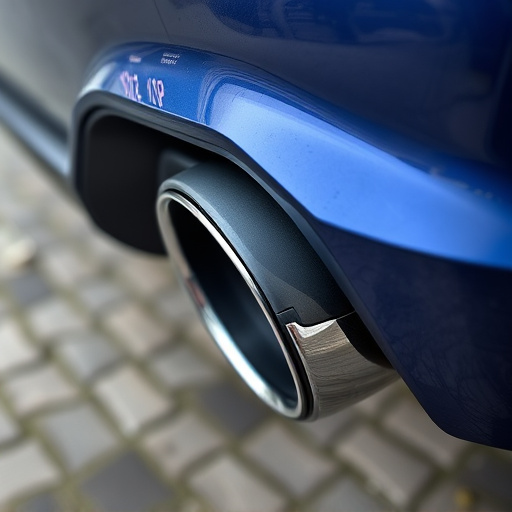
When considering aftermarket air intakes, it’s crucial to weigh both their potential advantages and drawbacks. One significant benefit is the wide range of options available, allowing for customization tailored to specific vehicle models and performance goals. Aftermarket manufacturers often design their products with enhanced cooling capabilities and efficient airflow in mind, potentially boosting engine power and fuel efficiency. Additionally, these intakes can offer distinctive styling, transforming your vehicle’s engine compartment into a statement piece.
However, there are considerations to keep in mind. Aftermarket air intakes may not always be compatible with stock exhaust systems or other brake components, requiring additional modifications. Quality control varies among manufacturers; while some produce reliable and durable parts, others might deliver subpar products. Moreover, installation can be more complex than OEM (original equipment manufacturer) alternatives, potentially increasing maintenance costs. It’s essential to research extensively and choose reputable brands known for their high-quality engine air intake systems and excellent customer support.
When choosing between OEM and aftermarket air intakes, consider your vehicle’s specific needs, budget, and performance goals. While OEM parts offer reliability and warranty support, aftermarket options provide customization and potential power gains. Evaluating the unique benefits and drawbacks of each will help you make an informed decision to enhance your engine air intake for optimal performance.
